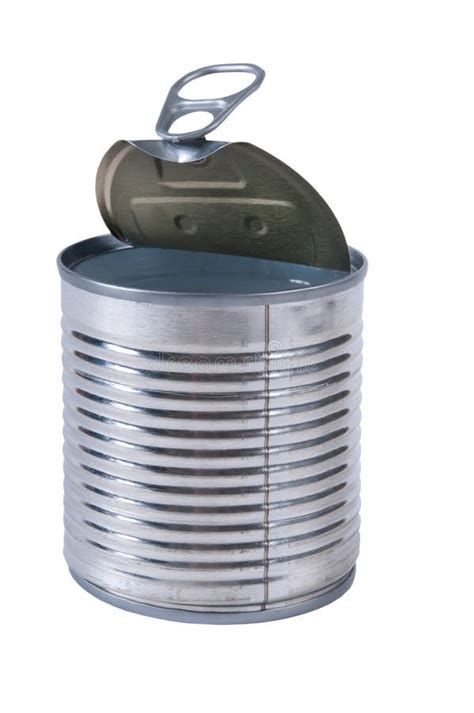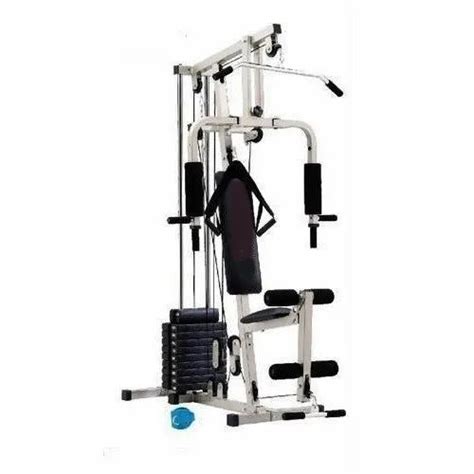How can men optimize recovery to consistently hit peak performance goals?

The Crucial Role of Recovery in Men’s Performance
For men aiming to consistently hit their peak performance goals, whether in the gym, on the field, or in daily life, the focus often gravitates towards training intensity and volume. However, true optimization lies not just in what you do during your active hours, but crucially, in how effectively you recover from it. Recovery is the unsung hero of progress, allowing the body to repair, adapt, and grow stronger, ready to tackle the next challenge with renewed vigor.
Ignoring recovery is a surefire path to plateaus, injury, and burnout. Understanding and implementing a multi-faceted recovery strategy is paramount for sustainable high performance.
Prioritizing Sleep: The Foundation of Recovery
Hands down, sleep is the single most powerful recovery tool at your disposal. During deep sleep cycles, your body releases growth hormone, which is vital for muscle repair and regeneration. It also consolidates memories, restores cognitive function, and regulates hormones crucial for energy levels and overall well-being. Aim for 7-9 hours of high-quality sleep nightly.

To improve sleep hygiene, establish a consistent sleep schedule, create a dark, quiet, and cool bedroom environment, and avoid screens, heavy meals, and caffeine close to bedtime. Prioritizing sleep directly translates to improved strength, endurance, reaction time, and mental clarity.
Strategic Nutrition for Repair and Rebuilding
What you eat plays a direct role in how quickly and effectively your body recovers. Post-workout, your muscles are primed to absorb nutrients. Focus on a balanced intake of macronutrients:
- Protein: Essential for muscle repair and synthesis. Aim for 20-40g of protein within 30-60 minutes post-exercise, and ensure adequate intake throughout the day (e.g., lean meats, fish, eggs, dairy, legumes).
- Carbohydrates: Replenish glycogen stores, which are your body’s primary fuel source. Complex carbohydrates like whole grains, fruits, and vegetables are ideal.
- Healthy Fats: Support hormone production and reduce inflammation (e.g., avocados, nuts, seeds, olive oil).
Don’t overlook micronutrients. Vitamins and minerals act as cofactors in numerous recovery processes. A diet rich in fruits, vegetables, and whole foods ensures you get a broad spectrum of these essential elements.
Incorporating Active Recovery and Mobility
While rest days are crucial, complete inactivity isn’t always the most effective strategy. Active recovery involves low-intensity activities that promote blood flow without adding significant stress to the body. This can help flush out metabolic waste products and reduce muscle soreness.

Examples include light cycling, walking, swimming, or yoga. Additionally, incorporating mobility work – dynamic stretching, foam rolling, or using a massage gun – can improve range of motion, alleviate muscle tightness, and prevent injuries, thereby aiding consistent performance.
Managing Stress and Mental Well-being
Recovery isn’t just physical; it’s deeply intertwined with mental and emotional well-being. Chronic stress elevates cortisol levels, which can hinder muscle repair, impair sleep, and contribute to fat storage. Finding effective ways to manage stress is vital for optimal recovery.

Techniques such as meditation, deep breathing exercises, spending time in nature, hobbies, or simply dedicating time for relaxation can significantly lower stress hormones and improve overall recovery capacity. A calm mind facilitates a calm body, allowing it to heal and adapt more effectively.
Hydration and Supplementation
Adequate hydration is fundamental for every bodily function, including nutrient transport, temperature regulation, and joint lubrication. Dehydration can severely impede performance and recovery. Aim to drink plenty of water throughout the day, adjusting for activity levels and climate.

While a whole-food diet should be the primary focus, certain supplements can complement a robust recovery strategy. These might include creatine for strength and power, branched-chain amino acids (BCAAs) or essential amino acids (EAAs) for muscle protein synthesis, omega-3 fatty acids for anti-inflammatory benefits, or magnesium for muscle function and sleep. Always consult with a healthcare professional before starting any new supplement regimen.
Listening to Your Body and Periodization
Ultimately, recovery is highly individualized. What works for one person may not work for another. Pay close attention to your body’s signals: persistent fatigue, decreased performance, unusual soreness, or irritability are all signs that you might be under-recovering. Don’t be afraid to adjust your training intensity or incorporate an unscheduled rest day.

Periodization, the systematic planning of athletic or physical training, also includes planned recovery phases. Deload weeks, where training volume and intensity are significantly reduced, are vital for allowing the body to fully recuperate and come back stronger, preventing overtraining and fostering consistent peak performance.
Conclusion
Optimizing recovery is not a luxury; it’s a necessity for men serious about consistently hitting peak performance goals. By prioritizing sleep, fueling strategically, engaging in active recovery, managing stress, staying hydrated, and listening to your body, you empower your physiology to repair, adapt, and excel. Embrace recovery as an integral part of your training, and watch your performance reach new, sustained heights.








